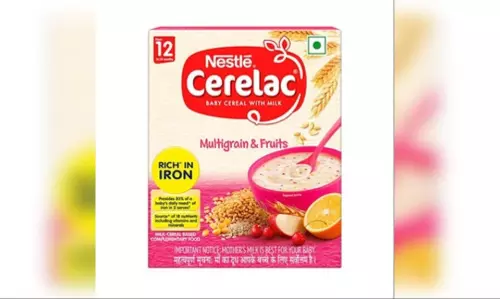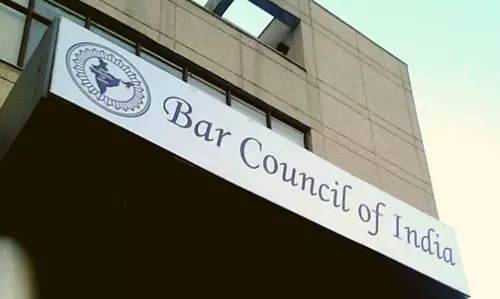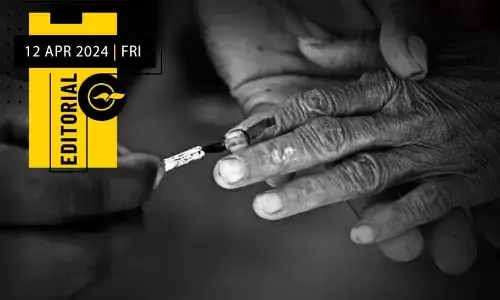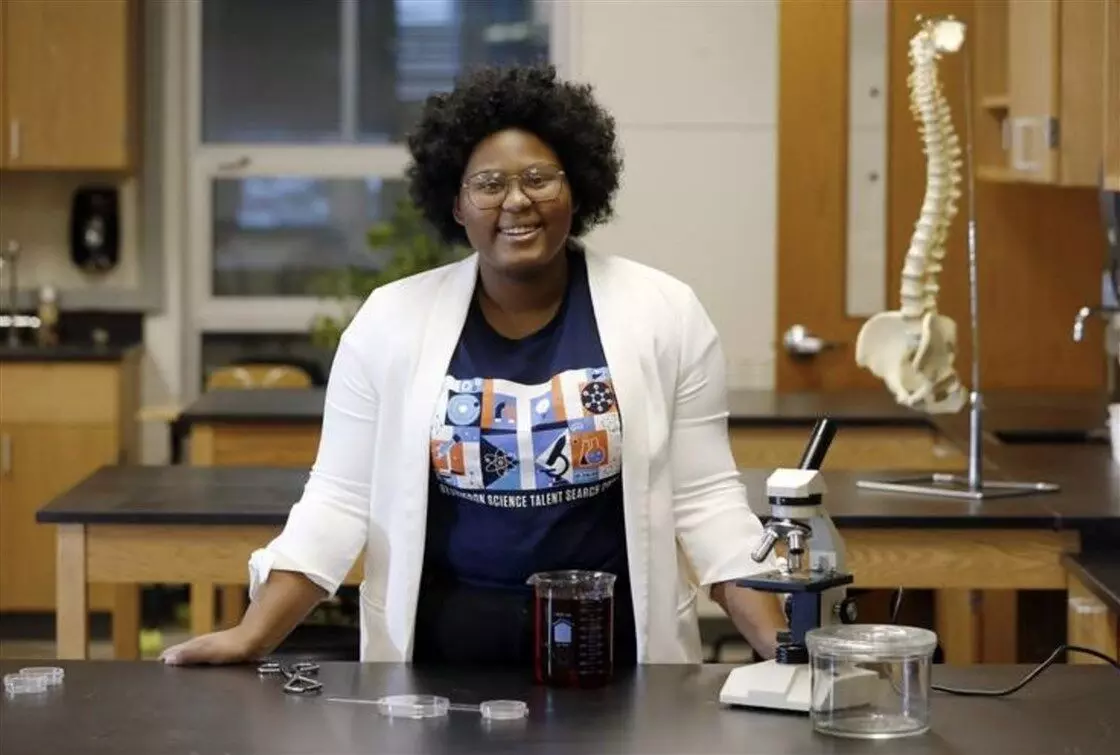
Teen develops colour-changing sutures to detect surgical infections
text_fieldsDoctors can now easily detect surgical infections, thanks to the invention of Dasia Taylor, a 17-year-old student at Iowa City West High School.
Taylor's colour changing sutures are expected to detect infections early in surgery patients. The invention is a blessing for developing countries as post-surgical infection rates are seemingly higher on an average basis in these regions, especially Africa.
"I want to create stitches that change colour (when a wound becomes infected). They can really be used to help people in developing countries," said Taylor, to 'TODAY'. She believes her initiative could be a game-changer for women in developing countries where cesarean surgery infections are high.
The teenager found that beetroots are an instant indicator as it changes colour with variations in pH. pH is a scale range from 0 to 14 that measures the acid or base level of an aqueous solution, with seven being neutral. An infected wound can increase pH up to a nine, and the beet juice in the stitch-ups will immediately change colour from bright red to dark purple depending on the severity of the infection.
"The beet stitches will be able to identify the pH changes in the tissue and the blood, which triggers them to change colour. That's how the entire process works. It's not complicated or anything like that. There aren't any fancy technologies. It's really just the basic principle of science," remarked Dasia.
The invention has placed Dasia as one of the 40 finalists of the Regeneron Science Talent Search, a nationally known research science competition in the United States for high school seniors, and won her the special Seaborg Award.
Got down to her research in 2009, Taylor now plans to patent her invention, and, in the meantime, she awaits her final college admissions results.
























